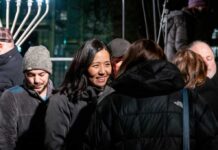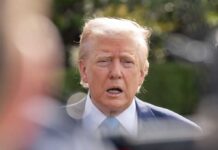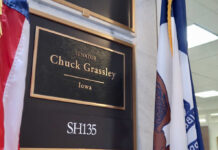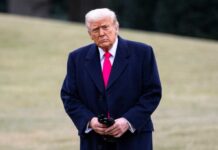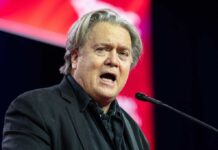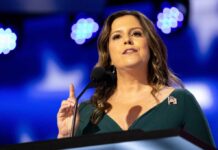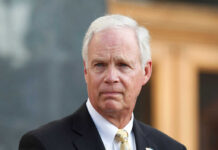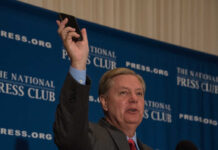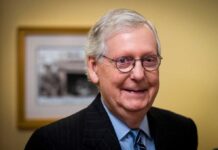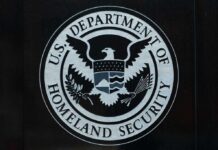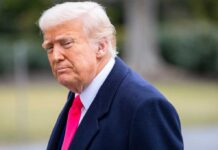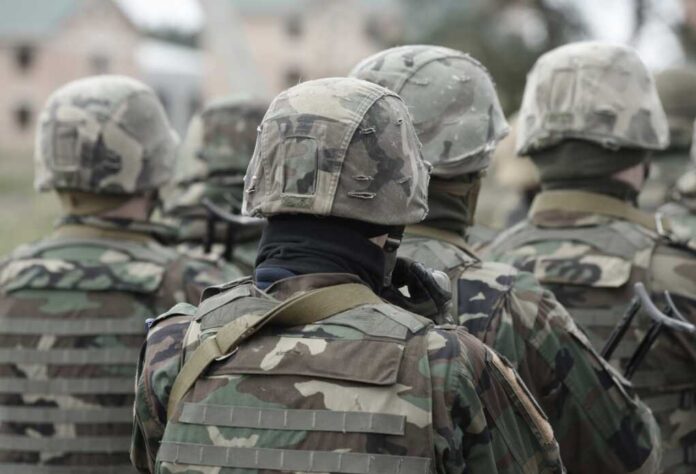
President Trump’s decision to send National Guard troops to Los Angeles to quell anti-ICE protests deepens a bitter political standoff and raises fears of militarized crackdowns.
At a Glance
- Trump orders 2,000 National Guard troops to Los Angeles after anti-ICE protests turn violent.
- Defense Secretary Pete Hegseth warns active-duty Marines could follow if unrest continues.
- Governor Gavin Newsom calls the deployment “deranged” and says it could erode public trust.
- Protests erupted after workplace immigration raids that led to 44 arrests in Paramount, California.
- Legal scholars debate whether the Insurrection Act permits using active military against civilians.
Escalation After Paramount Raids
The immediate flashpoint was a series of workplace immigration raids in Paramount that ended with federal agents arresting forty-four people, sparking demonstrations that spilled across Los Angeles, according to a [Financial Times report]. Protesters lobbed rocks and fireworks, and police responded with tear gas, prompting the White House to frame the situation as “violent insurgency.” By Saturday night, California residents watched convoys of National Guard vehicles rumble past shuttered storefronts while helicopters traced circles overhead.
The federal order authorizes up to 2,000 Guard members for crowd control and “critical infrastructure protection.” Critics insist the scale is unnecessary for what began as a peaceful march; supporters counter that arson, smashed windows, and injuries to five federal officers justify an assertive show of force, a point underscored in a [Fox News live update].
Governor Gavin Newsom took to X to label Defense Secretary Pete Hegseth’s separate threat to deploy active-duty Marines “deranged,” warning that military escalation would “permanently damage public trust.” The governor also hinted that California might challenge the move in court, claiming state sovereignty is at stake.
Watch a report: National Guard deployed amid LA unrest.
Flashpoint for Federal-State Tensions
Trump officials argue that California’s “sanctuary” policies forced Washington’s hand. Acting ICE Director Zackary McCarty told reporters the agency “cannot let violent mobs obstruct lawful arrests,” adding that the administration aims for 3,000 removals a day this summer. Supporters in Congress echo the view that California’s leadership is enabling chaos; Representative Jim Jordan called the protests “textbook anarchy” in remarks carried by [The New York Post].
Opponents see a political gambit designed to energize the president’s base. Los Angeles Mayor Karen Bass said that deploying soldiers inside city limits “turns a public-safety concern into a constitutional crisis.” Civil-rights groups worry that mixing soldiers with heavily armed police invites flashpoints; the American Civil Liberties Union announced it is preparing emergency litigation, citing past abuses when federal forces were used against protesters in Portland in 2020.
Legal scholars are split on whether the Insurrection Act—which lets a president deploy active military domestically—applies. Loyola Law School’s Jessica Levinson says the statute demands either an insurrection or an inability of state authorities to enforce the law; “random property damage doesn’t meet that bar,” she told The Guardian. Conversely, former Army JAG officer Mark Zaid contends the president has broad discretion if federal functions such as immigration enforcement are impeded.
What a Marine Call-Up Would Mean
If active-duty Marines were ordered to Los Angeles, it would mark the first time since the 1992 Rodney King riots that regular troops occupied the city’s streets. Military readiness experts note that Guard units carry both law-enforcement authority and crowd-control training, whereas combat Marines do not. That mismatch, argues RAND analyst Olivia Schwartz, could “magnify the potential for tragic mistakes.”
Strategically, the deployment reverberates beyond California. Immigration hawks say a strong response will deter other “sanctuary” cities from resisting future raids. Yet foreign-policy scholars caution that images of U.S. troops confronting civilians will undermine Washington’s human-rights credibility abroad—an irony, they note, as the State Department recently criticized Venezuela for using soldiers against protesters.
For now, Los Angeles braces for another night of marches, curfews, and tense standoffs. Whether the White House’s hard-line gamble restores order or ignites a broader backlash may shape not only the city’s immediate future but also the national debate over immigration, federal authority, and the limits of protest in a polarized America.


